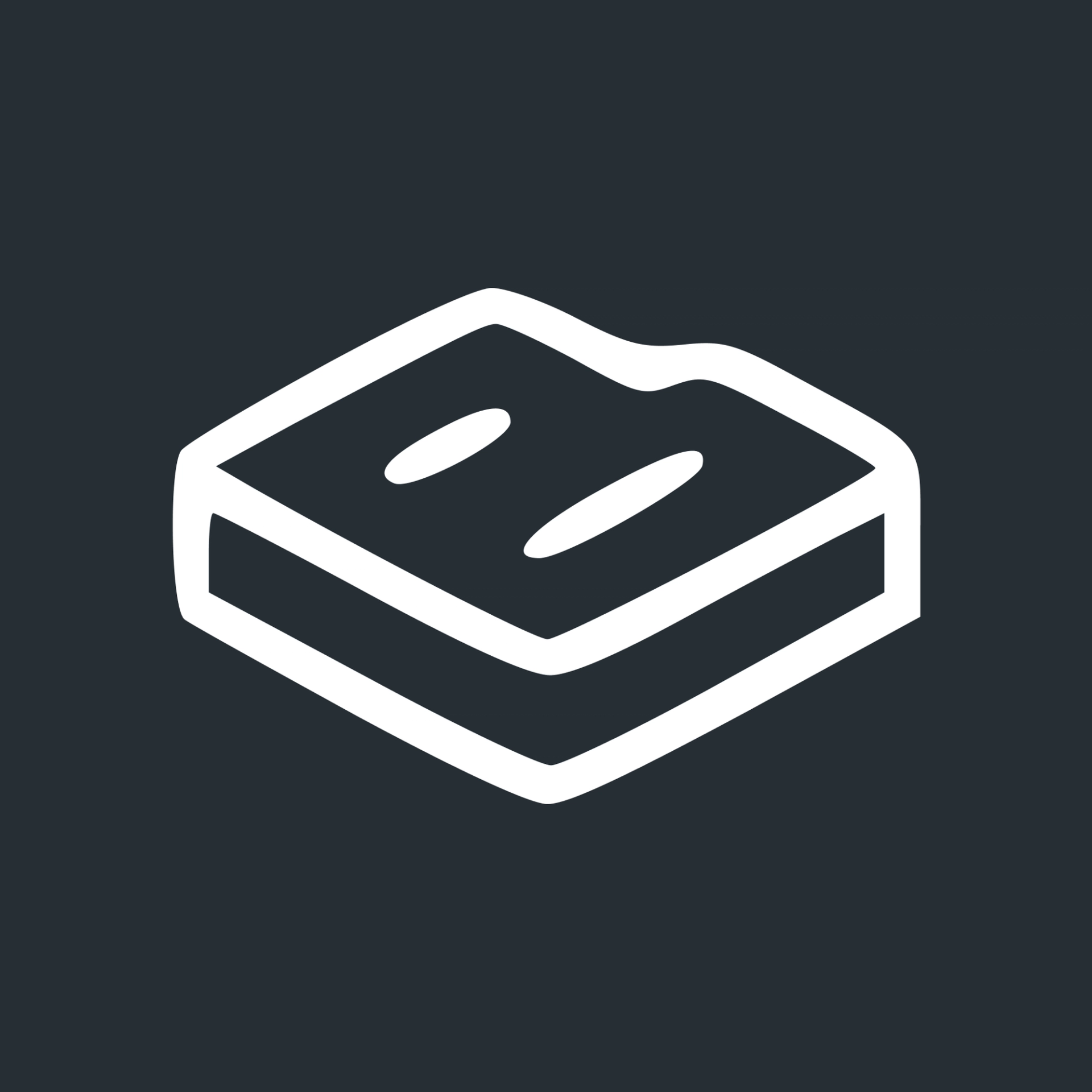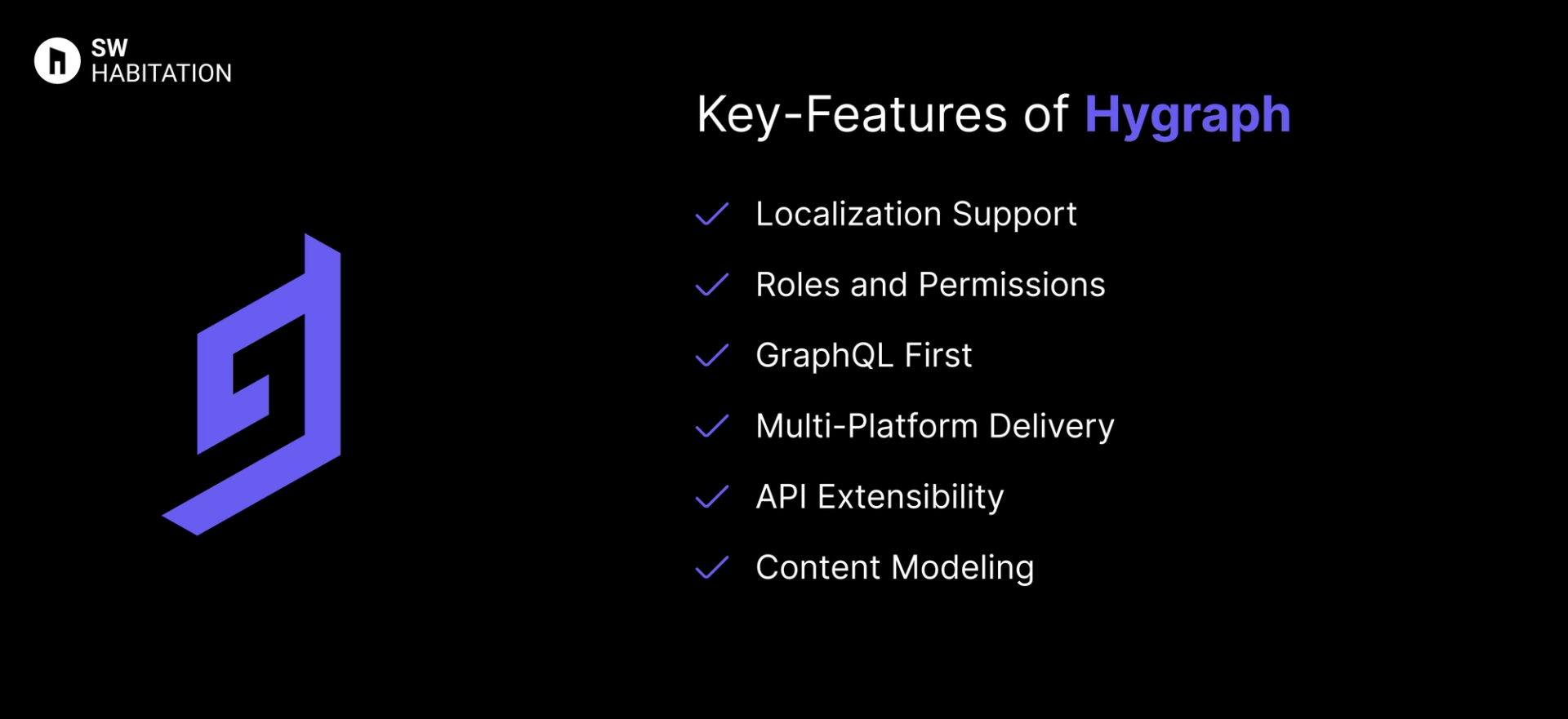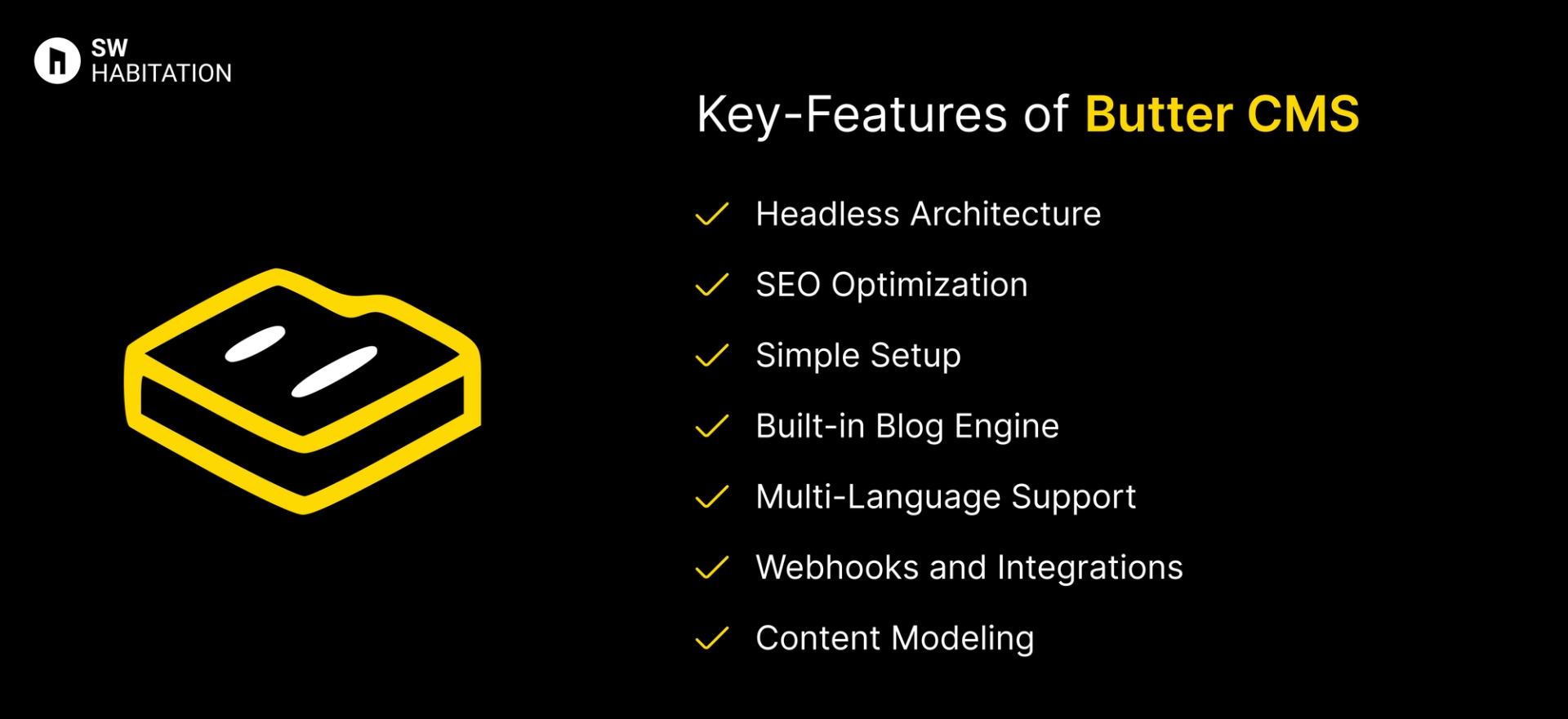Hygraph vs. Butter CMS

Hygraph

Butter CMS
You know, when you wanna make a website or a blog but don’t wanna mess with too much code? That’s where a CMS (Content Management System) comes in. It’s like a super easy tool that helps you add text, pictures, and videos to your site without needing to be a tech genius. You just log in, click a few buttons, and your content is live. It's quite simple, right?
What is Hygraph?
Hygraph is a headless CMS built around GraphQL, offering developers a super-efficient way to manage and query content. It shines when you need to structure content flexibly and serve it across multiple platforms be it websites, mobile apps, or even IoT devices.
Instead of traditional templates, Hygraph focuses on content modeling and API-driven delivery, making it a favorite for teams working with modern web architectures like the Jamstack.
Key Features of Hygraph


- Localization Support: Built-in multi-language content handling.
- Roles and Permissions: Manage access with thorough permissions.
- GraphQL First: Designed around GraphQL, making data fetching simple and efficient.
- Multi-Platform Delivery: Serve content across web, mobile, and other digital experiences.
- API Extensibility: Extend functionality with webhooks and remote data fetching.
- Content Modeling: Create complex content structures that fit your project’s unique needs.
Advantages of Hygraph
- GraphQL Efficiency: Fetch exactly the data you need, nothing more.
- Scalable: Handles everything from small blogs to enterprise-level applications.
- Great for Teams: Roles and permissions help manage large projects.
- Multi-Channel Support: Deliver content anywhere via APIs.
- Flexible Content Modeling: Perfect for complex data structures.
Disadvantages of Hygraph
- Pricing: Free tier is great, but advanced features can get pricey.
- GraphQL Learning Curve: Requires some GraphQL knowledge to get started.
- Complex Setup: May feel overwhelming for simpler projects.
What is Butter CMS?
Butter CMS is a headless CMS, means it handles all your content in the backend and lets you pull it into your app or website via APIs.
Lets talk what makes Butter CMS stand out among others ? It focuses on simplicity. You don’t need to set up servers or worry about maintenance you need to just plug it into your project, and you’re good to go. It’s specially popular with startups and small teams who want a quick and easy CMS.
Key Features of Butter CMS


- Headless Architecture: Serve content anywhere with its API driven approach.
- SEO Optimization: It comes with SEO-friendly features out of the box.
- Simple Setup: No database or infrastructure required, just add a few lines of code, and you’re good to go.
- Built-in Blog Engine: Need a blog? Butter CMS has a pre-built blog system, which saves tons of development time.
- Multi-Language Support: Manage content in multiple languages easily.
- Webhooks and Integrations: Integrate easily with giant frameworks like Next.js, Vue, React, and more.
- Content Modeling: Create flexible content structures to fit your projects unique needs.
Advantages of Butter CMS
- Quick Setup: No need for complicated installations, just connect the API and good to go.
- Great for Small Teams: Simple, intuitive UI makes content management a easy to use thing.
- No Infrastructure Worries: Butter CMS handles the backend, so you can focus on the front-end things.
- SEO-Friendly: Built-in features help you optimize your content for search engines.
- Perfect for Blogs: It comes with a ready to use blog system.
Disadvantges of Butter CMS
- Not Ideal for Complex Apps: If your app requires super complex data relationships, Butter might feel a bit too simple to use.
- Limited Free Tier: The free plan is pretty basic, you’ll need to pay for more features if you need more flexibility.
- Pricing Can Add Up: As your content grows, so does the cost is also increase simultaneously.
Comparison Between Hygraph vs Butter CMS
Use Cases of Hygraph
- Large Teams: Manage content with detailed roles and permissions.
- Multi-Platform Projects: Deliver content to websites, mobile apps, and more.
- Complex Content Models: Great for projects with diverse content structures.
- GraphQL Enthusiasts: Ideal if you’re already using GraphQL.
Use Cases of Butter CMS
- Blog Heavy Websites: Get a fully functional blog with minimal coding ahead.
- Marketing and Landing Pages: Quick to set up, making it ideal for marketing websites.
- Startups and Small Teams: No need for complex infrastructure.
- Projects That Need Fast Deployment: Minimal setup means faster launches.
Other Resources
Conclusion
Headless CMS platforms make managing your website very simple and easy. Whether you’re running a blog, online store, or business, they handle the tough stuff so you can focus on your content.
With a user-friendly interface and the ability to work with any technology, you can create a site that really fits your needs.
These platforms are flexible, secure, and can grow with you. They offer features like custom content, easy editing, and integrations with other tools. Choose the one that fits your requirements and start building your dream website today 🚀
Frequently asked questions
Does Hygraph (GraphCMS) have a free plan?
Yes, Hygraph offers a generous free plan that’s perfect for smaller projects, personal sites, or experimentation. It includes a good amount of content, API requests, and media storage
Is Hygraph (GraphCMS) good for multi-language sites?
Hygraph provides robust localization support for managing content across different languages and regions, making it ideal for global projects.
Is Hygraph (GraphCMS) frontend-agnostic?
Hygraph works seamlessly with any frontend technology, whether you’re using React, Vue, Angular, or even static site generators like Gatsby or Next.js.
Is Hygraph (GraphCMS) only for GraphQL pros?
No, While it’s built with GraphQL at its core, the UI is simple enough for non-technical users. Developers will appreciate the full flexibility of GraphQL, but you don’t need to be an expert to use it.
What makes butter cms special?
It’s super simple to set up and lets you add content to your site fast, without needing a backend.
Do I need a developer to use butter cms?
Nope, Not really. It’s beginner-friendly, but a developer can help with custom stuff if needed.
Is butter cms free?
It’s not free, but they offer a free trial so you can try it out first.
Can I use butter cms with React or Next.js?
Yup, It has APIs that make it easy to work with React, Next.js, and other frameworks.
Does butter cms supports SEO features?
Yup, you can add SEO stuff like meta tags and descriptions right from the dashboard.
